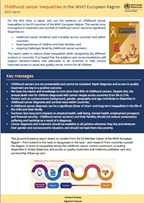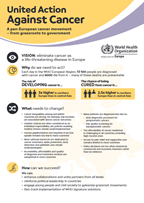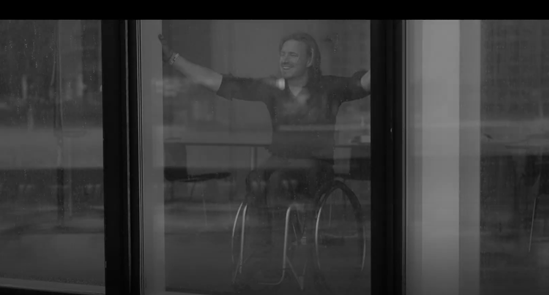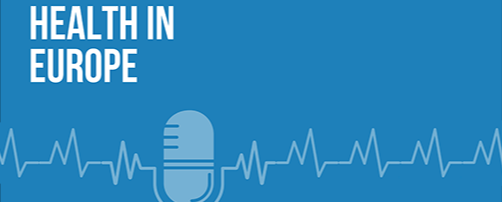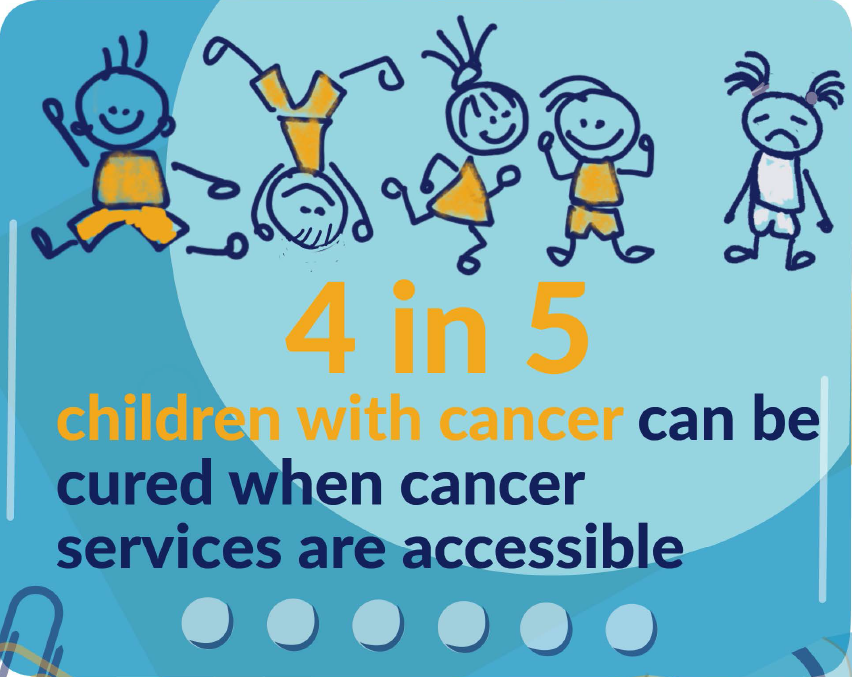Reducing childhood cancer inequalities
There has been rapid progress in childhood cancer survival rates over the past decades in the WHO European Region, but improvements have not been experienced equally across countries. While it is possible to cure more than 80% of childhood cancers, the annual death rate for children diagnosed with cancer ranges from 9% to 57% across countries. Overall, 20% of children diagnosed with cancer in the Region still die from cancer. WHO/Europe is working with partners to better understand inequalities in childhood cancer incidence and care across and within countries. In 2021,
WHO/Europe published a report that set out for the first time the evidence on childhood cancer inequalities in the 53 countries of the Region. It shows that childhood cancer inequalities are experienced along the whole cancer care continuum, affecting diagnosis, access to care, care quality, follow-up care, mortality and survivorship experiences.
It is believed that most if not all of the variations in childhood cancer incidence rates in some sub-regions are due to underdiagnosis and underreporting. This underscores the importance of investment in data collection and analysis to understand the situation, measure inequalities, and inform decision-making for investment.
This work is part of the WHO Global Initiative for Childhood Cancer, generously supported by St. Jude Children’s Research Hospital, Memphis, Tennessee, United States of America, which aims to increase the survival rate of children with cancer globally to at least 60% by 2030 while reducing suffering and improving quality of life. The mechanism for this work is the CureAll framework designed for policy-makers and managers to assess and strengthen childhood cancer services.
Reducing childhood cancer inequalities is also part of WHO/Europe’s United Action Against Cancer movement, to improve outcomes for children with cancer and to ultimately eliminate cancer as a life-threatening disease.






